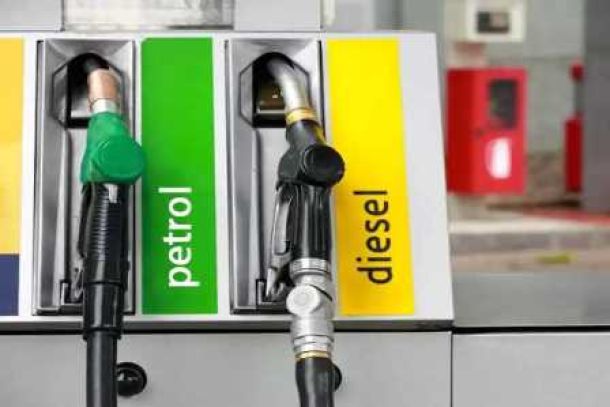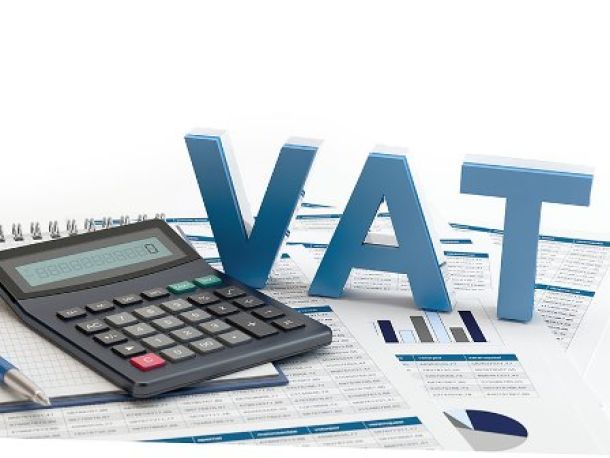SA’s electricity headache is finally over - Eskom
South Africans will be able to keep warm in winter and cool in summer with no load shedding expected as Eskom has stabilised.
"We are happy to report that Eskom has stabilised and we don't anticipate load shedding in winter and summer," said Eskom chief executive Brian Molefe.
He was speaking during the power utility's quarterly system status briefing that was held in Cape Town. Eskom is targeting a maintenance budget of 11 500 WM in winter and 8 500 MW in summer.
"The system is no longer controlling us, we are controlling it."
Molefe explained that this is indicated by the milestone that Eskom achieved when planned maintenance outstripped break downs.
Eskom’s month to date performance on Thursday May 11 is 78.1% energy availability, 9.2% break downs and 12.7% planned outages.
"In terms of our existing Generation Sustainability Strategy, our aim is to achieve 80% plant availability, 10% planned maintenance and 10% unplanned maintenance over the medium term," said Molefe.
He noted that available energy has steadily increased since October 2015, adding that the increase is also attributed to the decrease in break downs.
"The energy availability factor has increased from 70% in October 2015 to 76% in April 2016."
Molefe also moved dismiss critics' suggestions that Eskom managed to keep the country's lights on over the past nine months because demand has slumped.
"The difference between this year and last year is not about demand as people are saying. The consumption between this year and last year is the same."
Over the next five years, Eskom's capacity expansion programme will increase generation capacity by 17 384 MW, transmission lines by 9 756km and substation capacity by 42 470 MVA.
"This will enable us to provide security of electricity supply to South African homes and businesses, powering economic expansion and extending electricity to millions of households."
Molefe added that Eskom's diesel bill for the open cycle gas turbines (OCGTs), which is one of the most expensive ways to generate power, was cut by R829m in the past seven months.
He also welcomed Moody's Investors Service (Moody's) decision not to downgrade the power utility's credit rating.
"The trust that Moody's has placed in us is not misplaced," said Molefe. "We then will be able to get the South African economy growing again."
News Category
- International retailers
- On the move
- Awards and achievements
- Legislation
- Wine and liquor
- Africa
- Going green
- Supplier news
- Research tools
- Retailer trading results
- Supply chain
- Innovation and technology
- Economic factors
- Crime and security
- Store Openings
- Marketing and Promotions
- Social Responsibility
- Brand Press Office
Related Articles

Empowering South African households through gro...

SPAR shares practical tips to beat food inflation

South African motorists could be paying up to R...

Big VAT changes on the cards


